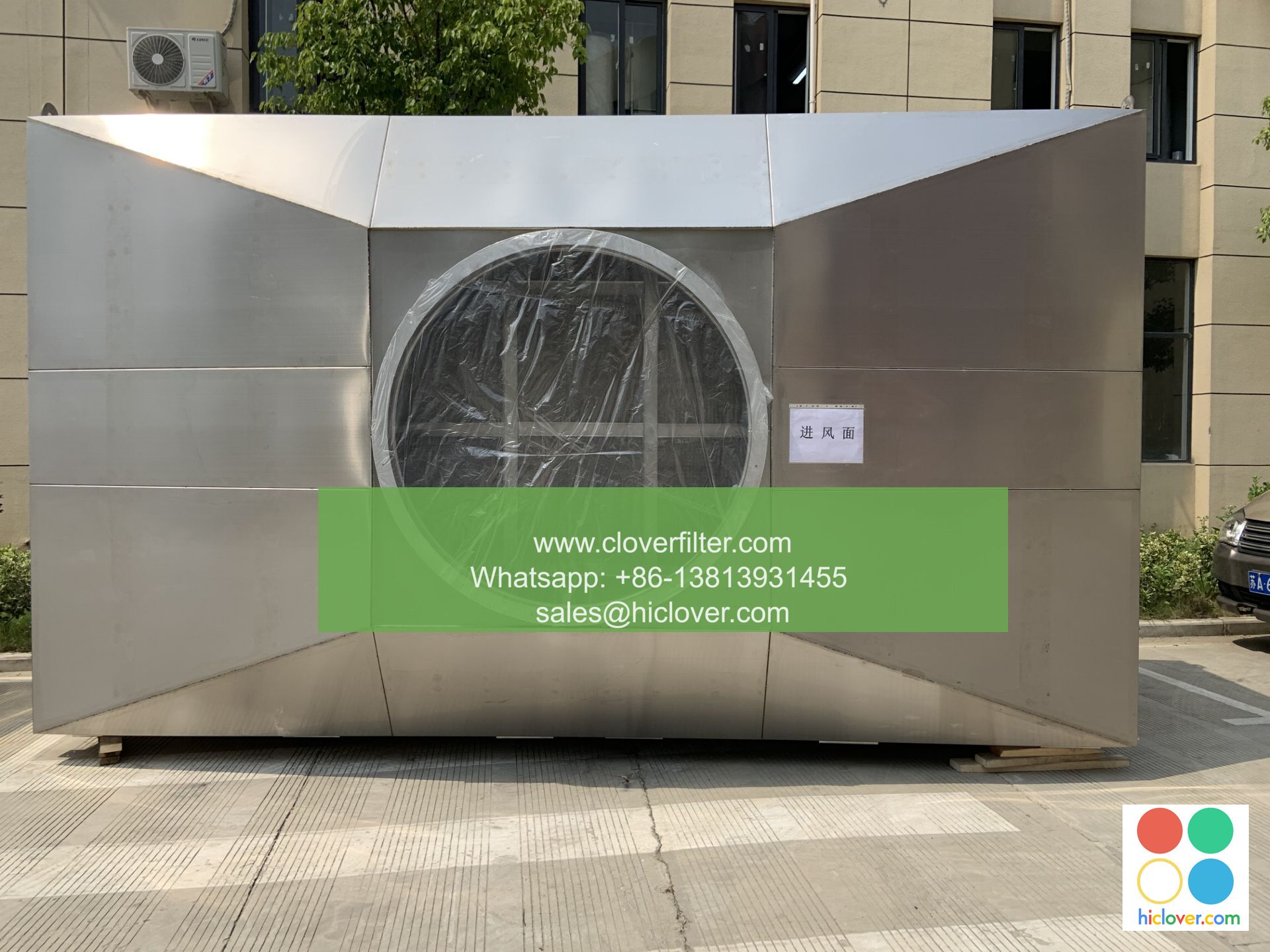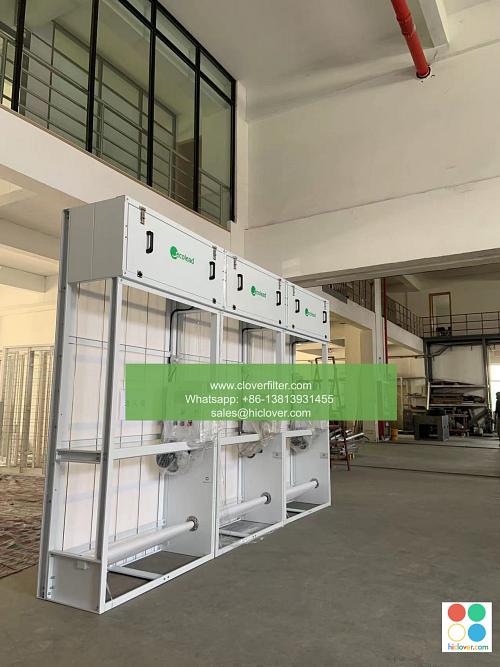The Future of Air Filter Manufacturing: Additive Manufacturing and 3D Printing

The air filter manufacturing industry is on the cusp of a revolution, driven by the advent of additive manufacturing and 3D printing technologies. These innovative methods are transforming the way air filters are designed, produced, and used, offering improved performance, increased efficiency, and reduced environmental impact. In this article, we will explore the current state of air filter manufacturing, the benefits of additive manufacturing and 3D printing, and the various application areas where these technologies are being successfully implemented.
Current State of Air Filter Manufacturing
Traditional air filter manufacturing involves a range of processes, including pleating, welding, and gluing. However, these methods can be time-consuming, labor-intensive, and often result in products with limited customization options. The use of conventional materials, such as fiberglass and paper, can also lead to filters with reduced airflow, increased pressure drop, and decreased overall performance. Furthermore, the production process itself can generate significant amounts of waste, contributing to environmental pollution and resource depletion.
Benefits of Additive Manufacturing and 3D Printing
Additive manufacturing and 3D printing offer a range of benefits that are transforming the air filter manufacturing industry. These include:
- Increased design flexibility: Additive manufacturing and 3D printing enable the creation of complex geometries and customized filter designs, allowing for improved airflow, increased surface area, and enhanced filter performance.
- Reduced material waste: These technologies use a layer-by-layer construction process, minimizing material waste and reducing the environmental impact of production.
- Improved product quality: Additive manufacturing and 3D printing enable the production of filters with consistent quality, reduced defects, and increased reliability.
- Increased production speed: These technologies can produce filters at a faster rate than traditional methods, reducing lead times and enabling just-in-time production.
- Industrial air filtration: Additive manufacturing and 3D printing are being used to produce high-performance filters for industrial applications, such as dust collection, gas filtration, and ventilation systems.
- Aerospace and defense: These technologies are being used to produce filters for aircraft, spacecraft, and military vehicles, where high-performance filtration is critical for safety and efficiency.
- Automotive air filtration: Additive manufacturing and 3D printing are being used to produce filters for vehicles, including cabin air filters, engine air filters, and fuel filters.
- Medical air purification: These technologies are being used to produce filters for medical applications, such as hospital ventilation systems, operating rooms, and patient care areas.
- Consumer air purification: Additive manufacturing and 3D printing are being used to produce filters for consumer products, such as air purifiers, vacuum cleaners, and HVAC systems.
- Fused Deposition Modeling (FDM): A 3D printing technology that uses melted plastic to produce filters with complex geometries.
- Selective Laser Sintering (SLS): A 3D printing technology that uses a laser to fuse together particles of a powdered material, producing filters with high surface area and complex structures.
- Polymeric materials: Such as polypropylene, polyethylene, and polyamide, which offer improved filter performance, increased durability, and reduced environmental impact.
- Nanofibers and nanomaterials: Which offer enhanced filter performance, increased surface area, and improved efficiency.
- Scalability and cost: Currently, additive manufacturing and 3D printing are more expensive than traditional methods, making them less competitive for high-volume production.
- Material properties and standards: There is a need for standardized testing and characterization of materials used in additive manufacturing and 3D printing, to ensure consistency and reliability.
- Regulatory frameworks: Governments and regulatory bodies must establish clear guidelines and standards for the use of additive manufacturing and 3D printing in air filter manufacturing.
Application Areas for Additive Manufacturing and 3D Printing in Air Filter Manufacturing
The use of additive manufacturing and 3D printing in air filter manufacturing is being explored in various application areas, including:
Key Technologies and Materials
Several key technologies and materials are driving the adoption of additive manufacturing and 3D printing in air filter manufacturing, including:
Challenges and Future Directions
While additive manufacturing and 3D printing offer significant benefits for air filter manufacturing, there are several challenges that must be addressed, including:
As the air filter manufacturing industry continues to evolve, we can expect to see increased adoption of additive manufacturing and 3D printing technologies, driven by advances in materials science, improvements in production efficiency, and growing demand for high-performance filters. With its potential to transform the industry, additive manufacturing and 3D printing are set to play a critical role in shaping the future of air filter manufacturing. Prompt

